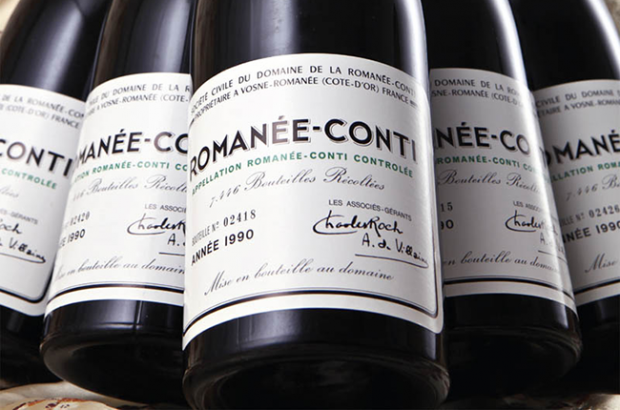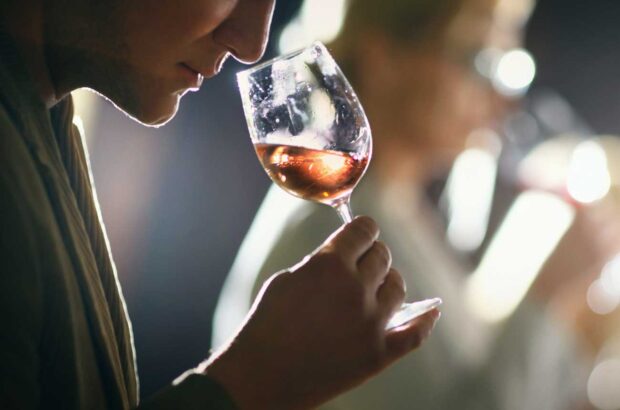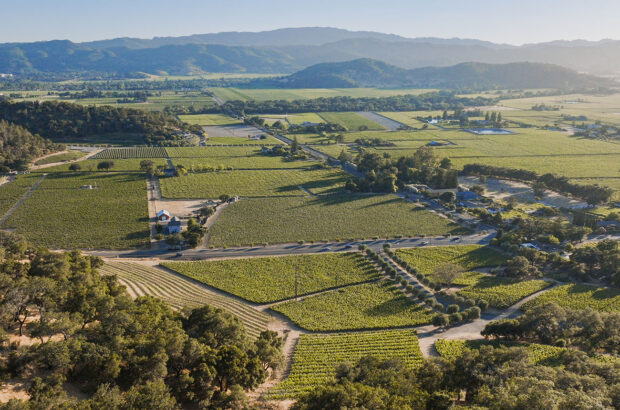Forget Marlborough. With excellent growing conditions and an influx of producers, Waipara is stepping out of New Zealand’s shadows straight into the spotlight. BOB CAMPBELL MW explains why
We all remember winners. Nobody remembers who came second. And until a couple of years ago, Waipara was the wine region that no one seemed to notice. It wasn’t New Zealand’s largest, smallest or prettiest.
It produced good Sauvignon Blanc, Riesling, Pinot Gris, Chardonnay and Pinot Noir but couldn’t claim to make the country’s best of anything. If the region had a report card in 2006 it would probably have scored a B+ followed by the deflating comment ‘could do better’.
Waipara’s one rather dubious claim to fame was its potential. In the last two years, Waipara has become New Zealand’s fastest growing wine region. The area of productive vineyards has grown by 55% since 2006, more than twice the rate of the country’s most bullish wine regions, Marlborough and Central Otago. Wine quality has also reached new heights. I recently rated a Waipara Pinot Noir – Daniel Schuster’s Omihi 2006 – as the best New Zealand Pinot Noir I’ve ever tasted. A new Pinot Gris label, Glasnevin, is the equal of the country’s best, while a handful of Waipara Rieslings are now at the head of New Zealand’s Riesling first division (see p37 for Campbell’s top picks).
Why has Waipara suddenly become such a very happening wine region? ‘A decade ago most of the people growing grapes and making wine in the district were born here, or at least in Canterbury,’ says Professor Ivan Donaldson, founder of Pegasus Bay, one of Waipara’s first
wineries and consistently one of its best. ‘The arrival of larger, more serious players has introduced a more of professionalism.
It’s not only the quality that’s improved; the consistency of our wines has also benefited. Waipara is on the threshold of gaining wider international recognition.’ Pernod Ricard was the first large company to invest in Waipara. Buying Corbans, then New Zealand’s second
largest wine producer, it acquired a 5ha (hectare) vineyard planted with 16-year-old Riesling vines. That grew to a total holding of 188ha, dominated by the impressive Camshorn vineyard.
Mud House is the largest Waipara wine company, with a total of 208ha planted in three large vineyards. It has a second, larger winery in Marlborough and even more extensive vineyards in Marlborough and Central Otago. Waia-ata vineyard is the largest single holding.
At 325ha it is almost as large as the region’s total vineyard area a decade ago. It has contracts to supply volume producers Constellation NZ and Villa Maria.
Small is bountiful
Despite the interest from some of New Zealand’s largest wine producers, however, Waipara
will never be a bulk wine region. Low and uneven cropping levels mean that quality winemaking is a key strategy for survival. Its harvest yields have been on a rollercoaster ride over the past six years: 17hl/ha (hectolitres/hectare) in 2003 then 30.8hl/ha in 2004; 7.3hl/ha (2005); 23hl/ ha (2006); 11.5hl/ha (2007); and 33.5hl/ha in 2008. Low yields (New Zealand’s average yield in 2008 was 72hl/ha) have helped keep the average quality of Waipara wines high.
The region’s heat and rainfall during the critical October to April growing season are similar to Marlborough. Yet while Marlborough’s grape growers point to cool night and hot daytime
temperatures as one of the region’s keyquality factors, in Waipara the disparity is even greater.
Waipara is located an hour’s drive north of Christchurch on the road that, in another two-and-a-half hours, arrives at Marlborough (and also, for tourists, links the gardens of Christchurch with Kaikoura’s whale-watching).
The restaurants and wine shops of Christchurch are well stocked with Waipara wines,
which enjoy a significantly lower presence on the world market. That’s all beginning to change now that Pernod Ricard, Constellation, Villa Maria and Craggy Range have added Waipara wines to their product range. Its elevating profile will inevitably increase the number of wine tourists who visit the region.
If Waipara is strategically well-placed for tourism, it is even more strategically placed to make high-quality wine. The township of Waipara, which is roughly the region’s centre, lies 9km from the coast but is sheltered from cooling sea breezes by the Teviotdale Hills, which rise to just over 500m. That shelter allows harvest a week or two before more exposed vineyard sites south of Waipara.
The Teviotdale Hills offer more than shelter, however. Clay and limestone deposits from the hills form the soil structures on the vineyards that cling to lower slopes or have been established on the plains below. On the plains south of the Waipara River the Glasnevin soils are ancient greywacke-based glacial deposits.
These moderately infertile, free-draining soils tend to produce lighter, suppler wines. Waipara’s ‘big three’ grape varieties are Sauvignon Blanc, Pinot Noir and Riesling. The fact that Sauvignon Blanc occupies top slot is related more to the international popularity of New Zealand Sauvignon Blanc than the region’s ability to make outstanding wine with the
variety.
Sauvignon Blanc is an essentialcalling card for any producer hoping to export. It’s an easy sell and quite profitable. Sauvignon Blanc pays the bills. I cannot think of a single Waipara producer who doesn’t make Pinot Noir. The best examples are grown on hillside vineyards or on the plains directly below the hills.
As well as suitable soils and aspect, top Pinot Noir is the product of determination and experience. The best examples are made by Black Estate, Daniel Schuster, Mountford, Muddy Water and Pegasus Bay. All are seasoned veterans with good vineyard sites and a moderate amount of vine age.
Riesling is a labour of love. It is driven less by the market and more by awareness that Waipara is capable of producing world-class Riesling. Leading the charge are Camshorn, Fiddler’s Green, Greystone, Muddy Water, Pegasus Bay and Waipara West. Top examples possess tautness, minerality and purity.
Most retain at least a small amount of residual sugar to balance knife-edged acidity. The best develop an exquisite tension between acidity and sweetness. Pinot Gris is a rising star, while Chardonnay is solid. Both are capable of making outstanding wines.
Glasnevin (a new label from Fiddler’s Green) and Greystone make Waipara’s best Pinot Gris, while Mountford, Muddy Water and Pegasus Bay have consistently produced the best Chardonnay. A host of other grape varieties are grown inexperimental quantities, and some are considering planting Gruner Veltliner, a variety that has huge potential. Waipara is hot – both for producers looking to expand and consumers looking to discover new, high quality wines.
The prices of both remain relatively low. That is likely to change soon.
Written by Bob Campbell MW






